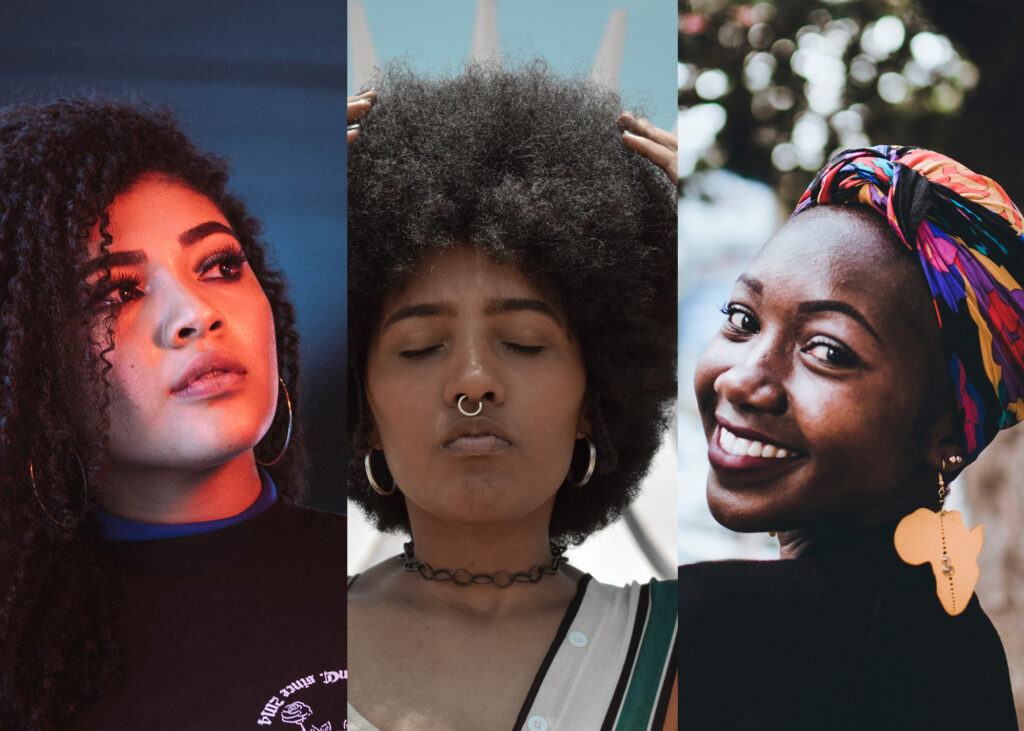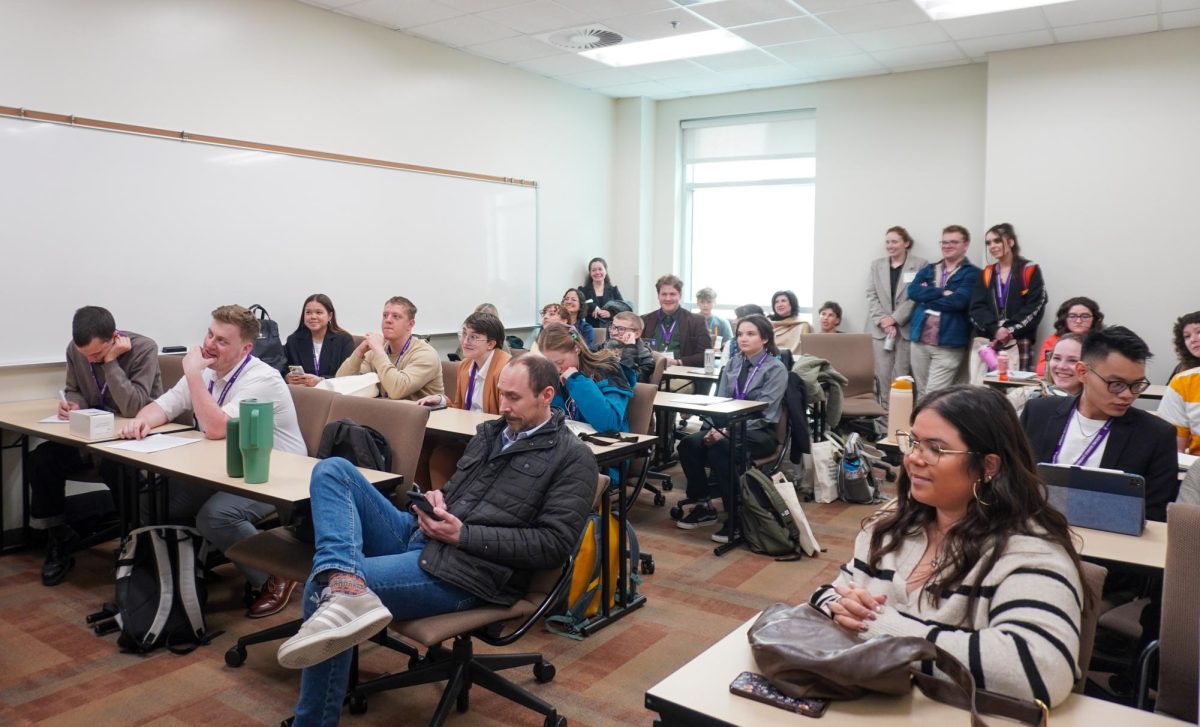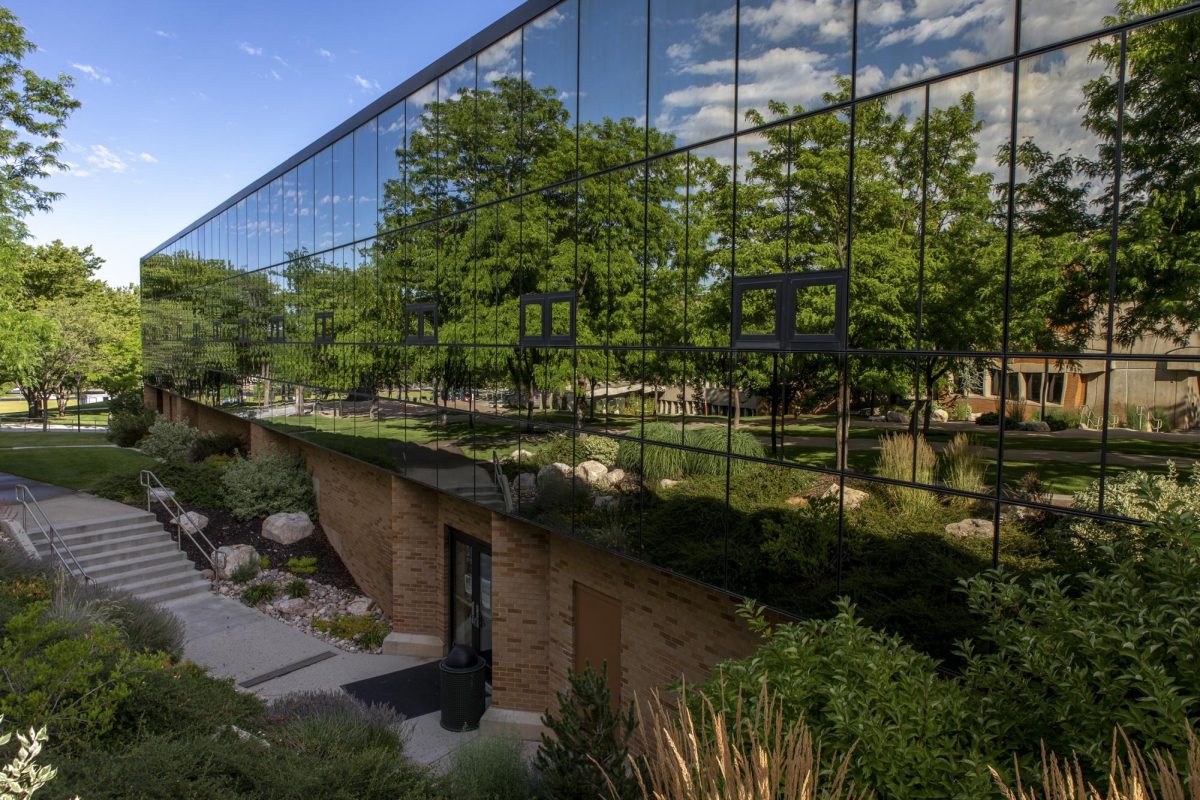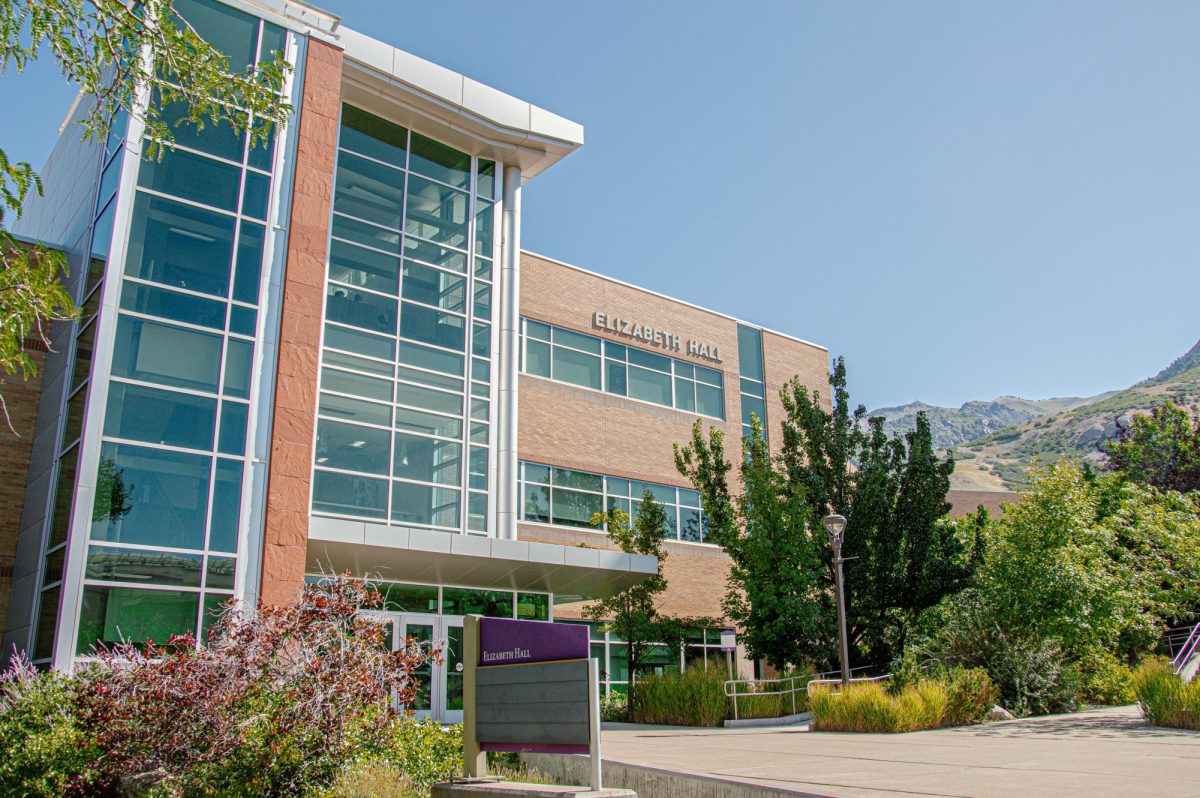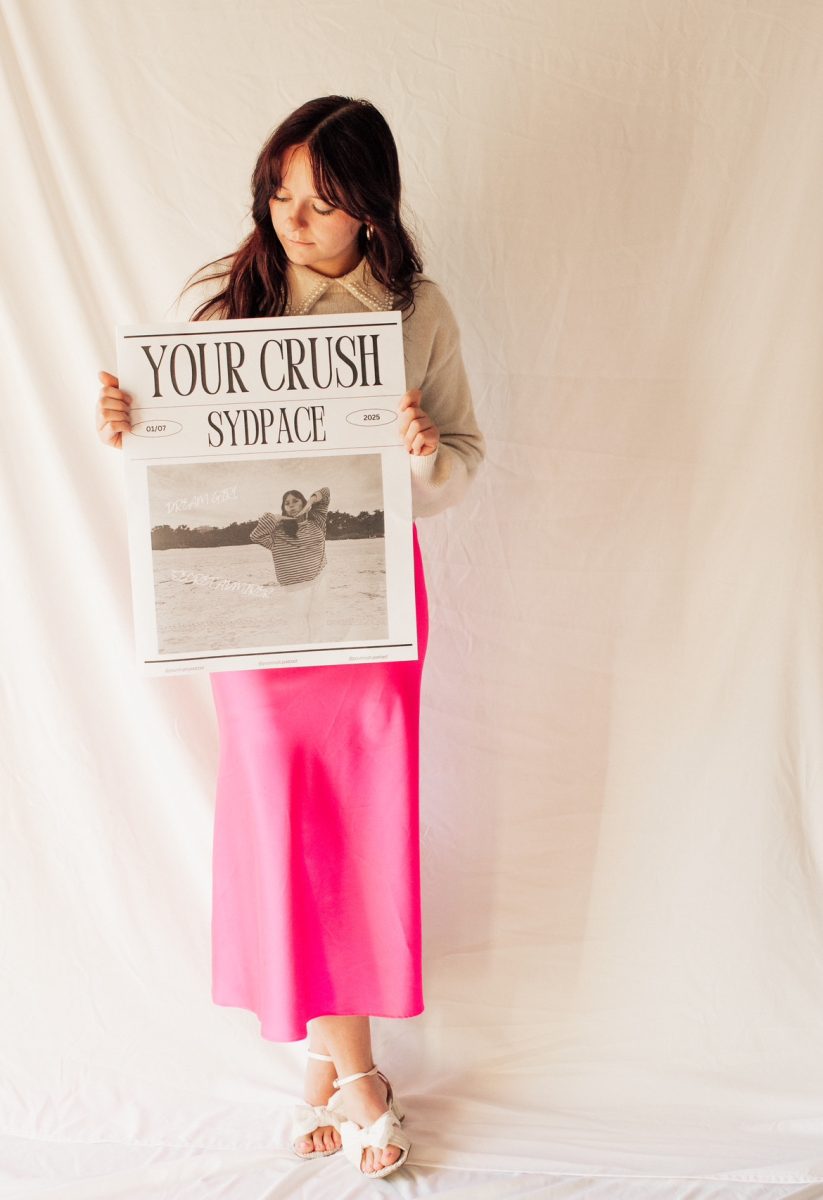“Black Herstory” Month intends to do what its name would suggest: tell her story.
Black Herstory Month is a celebration of black women throughout history whose stories have been forgotten.
Weber State University’s Women’s Center and Black Scholars United will host the Black Herstory gallery opening on Feb. 5 to honor African-American women who seldom receive recognition. BSU was established during the Civil Rights movement
in 1968.
Visual and written art will be displayed in the Shepherd Union bridge throughout February.
Some of the first African-American women activists who fought for women’s rights were Audre Lorde and Althea Gibson, but the event extends beyond the household names.
Amelia Boynton Robinson gained notoriety after organizing the 1965 Selma March, according to Bustle. Boynton Robinson went on to become the first black woman to run for Congress in Alabama.
The Women’s Center is spotlighting black women like Robinson who have not had their stories told.
Women’s Center Social Justice Program Specialist, Mary Jarvis, urges students and people of the Ogden community to submit their artwork of lesser-known influential black women in history so it can be featured in the gallery.
Betty Sawyer, advisor of BSU, said it was important to teach the impact of these and other lesser-known women — especially those within the African-American
community.
Sawyer said, “It’s important as we learn history in general that we take the time out to look at areas where we have not put forth a huge effort to learn about. Black history is all of our history.”
Jarvis hopes students will gain respect for these women when reading and seeing
the artwork.
“It’s important for all people to see and acknowledge the roles women have played,” Jarvis said. “Women of color have always played a part in social change, but they haven’t always been in the spotlight.”
Event organizers hope people are inspired by the artwork displayed in the gallery from hearing some of the untold stories of the lesser-known black women activists.
“We have very limited options when it comes to learning about African-American history.” said Sawyer. “Any chance we get to expand our horizons is something we need to take advantage of.”


